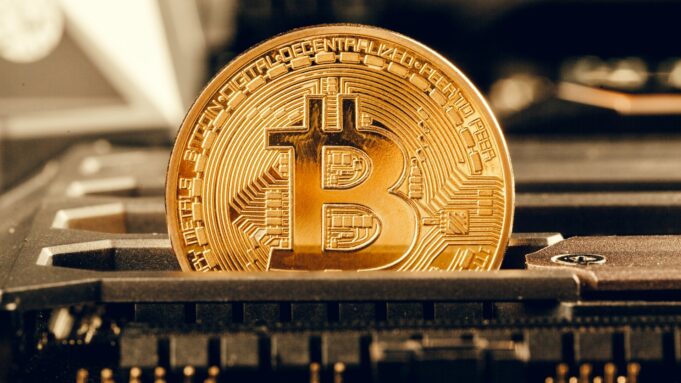Decoding the Bitcoin Block: Everything You Need to Know
Bitcoin is a digital currency that operates without the involvement of a central authority. It is a decentralized currency that allows users to send and receive payments without the need for intermediaries. Bitcoin operates on a distributed ledger called the blockchain. The blockchain is a public ledger that records all Bitcoin transactions in a secure and transparent manner. Every block in the blockchain contains a set of transactions and is added to the blockchain in a chronological order.
What is a Bitcoin Block?
A Bitcoin block is a collection of transactions that are verified and added to the blockchain. It is the basic unit of the blockchain and contains a set of data that includes transaction details, timestamp, and a unique code called a hash. Each block contains a maximum of 1 MB of data and is created every 10 minutes.
The creation of a block is achieved through a process called mining. Mining is the process of solving complex mathematical problems using powerful computers. The first miner to solve the problem gets to create the next block and is rewarded with Bitcoin. The process of mining ensures that the blockchain is secure and that transactions are validated by a network of users.
The Anatomy of a Bitcoin Block
A Bitcoin block contains several elements that make it unique. These elements include:
1. Block Header: The block header is the first part of the block and contains information about the block. This information includes the version of the block, the timestamp of creation, the difficulty level of mining, and the hash of the previous block.
2. Merkle Root: The Merkle root is a hash of all the transactions in the block. It is used to verify that all the transactions in the block are valid.
3. Nonce: The nonce is a random number that is added to the block header during mining. It is used to create a hash that meets the difficulty level set by the network.
4. Transactions: The transactions in the block are the actual Bitcoin transactions that have been verified and added to the block.
5. Hash: The hash is a unique code that is created by the mining process. It is a cryptographic code that ensures that the block is secure and cannot be altered.
Why are Blocks Important in Bitcoin?
Blocks are important in Bitcoin because they are the building blocks of the blockchain. Each block contains a set of transactions that are validated by the network. The creation of a block is a complex process that requires a lot of computational power. This ensures that the blockchain is secure and that transactions are validated by a network of users.
Blocks also play a crucial role in the transfer of Bitcoin. When a user sends Bitcoin to another user, the transaction is added to a block. The block is then added to the blockchain, and the transfer of Bitcoin is complete. Blocks ensure that transactions are recorded in a transparent and secure manner, which makes Bitcoin a reliable and trusted currency.
Conclusion
Bitcoin is a revolutionary currency that operates without the involvement of a central authority. It is a decentralized currency that allows users to send and receive payments without intermediaries. The blockchain is the underlying technology that makes Bitcoin possible. The blockchain is a distributed ledger that records all Bitcoin transactions in a secure and transparent manner.
A Bitcoin block is a collection of transactions that are verified and added to the blockchain. It contains several elements that make it unique, including the block header, Merkle root, nonce, transactions, and hash. Blocks play a crucial role in the transfer of Bitcoin and ensure that transactions are recorded in a transparent and secure manner.
Decoding the Bitcoin block is important for anyone who wants to understand how Bitcoin works. It is a complex process that requires a lot of computational power, but it is also a revolutionary technology that is changing the way we think about money. Bitcoin is a currency of the future, and understanding how it works is essential for anyone who wants to be a part of that future.

























